Environment Facts | Understanding the Urgency of Conservation
Environment Facts: Understanding the Urgency of Conservation
Introduction
The state of our environment has become an increasingly pressing concern in recent years. From rising global temperatures to the depletion of natural resources, it is crucial that we grasp the gravity of the situation and take immediate action to protect and preserve our planet. In this article, we will explore some important environment facts that shed light on the challenges we face and emphasize the urgency of conservation efforts.
Climate Change
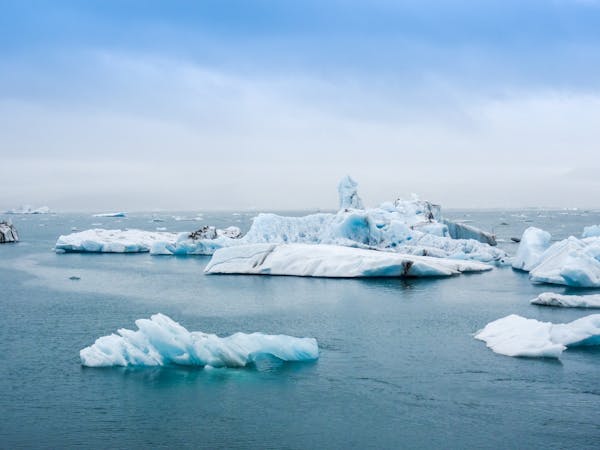
One of the most critical environmental issues we confront today is climate change. The Earth's average temperature has risen by approximately 1 degree Celsius since the late 19th century, primarily due to human activities. This increase is causing extreme weather events, rising sea levels, and disrupting ecosystems worldwide. The Intergovernmental Panel on Climate Change (IPCC) has warned that without substantial efforts to reduce greenhouse gas emissions, we will face catastrophic consequences such as widespread droughts, more intense storms, and the loss of entire species.
Deforestation
The loss of forests at an alarming rate poses a significant threat to the environment. Deforestation not only contributes to climate change by releasing large amounts of carbon dioxide into the atmosphere but also leads to habitat destruction, loss of biodiversity, and soil erosion. It is estimated that 18 million acres of forests are lost each year, highlighting the need for sustainable land management practices and reforestation efforts.

Forests are essential for the health of our planet. They act as carbon sinks, absorbing and storing vast amounts of carbon dioxide from the atmosphere. They also provide habitat for countless species, regulate local and regional climates, and protect watersheds. Therefore, preserving existing forests and restoring degraded ones are vital steps in mitigating climate change and preserving biodiversity.
Plastic Pollution
Mind-Blowing Facts and Figures about the Snow Leopard
The proliferation of plastic waste is another environmental crisis we must address urgently. It is estimated that over 8 million metric tons of plastic enter the oceans every year, posing a severe threat to marine life. Single-use plastics, such as bags, bottles, and straws, contribute significantly to this problem. The durability of plastic means that it can persist in the environment for hundreds of years, polluting waterways, harming wildlife, and even entering our food chain.
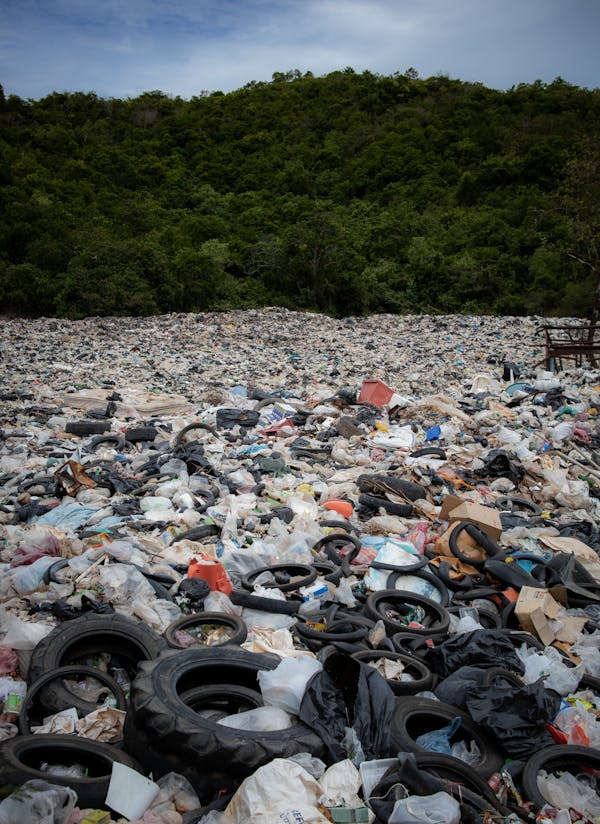
To combat plastic pollution, we need to adopt a multi-faceted approach. Recycling and waste management systems should be improved to reduce the amount of plastic ending up in landfills and oceans. Additionally, reducing plastic consumption by embracing reusable alternatives and promoting the use of biodegradable materials are crucial steps towards a more sustainable future.
Water Scarcity
Access to clean water is a basic human right, yet it is a scarce resource in many parts of the world. With population growth, pollution, and climate change, water scarcity is becoming a more prominent concern. Around 2.2 billion people lack access to safely managed drinking water, leading to increased health risks and conflicts over water resources.

Efficient water management is crucial to ensure water security for all. This includes investing in infrastructure for water storage, treatment, and distribution, as well as implementing conservation measures like rainwater harvesting and water-efficient technologies. Additionally, addressing pollution sources and protecting watersheds are vital steps in preserving water quality and availability.
Loss of Biodiversity
The Earth is currently experiencing a massive loss of biodiversity, with species disappearing at an alarming rate. Human activities such as habitat destruction, pollution, and climate change are the main drivers of this decline. Preserving biodiversity is crucial for the stability and functioning of ecosystems, as well as for the discovery of new medicines and maintaining food security.

Conservation efforts are essential to protect and restore habitats, promote sustainable land use practices, and establish protected areas. Furthermore, reducing the use of harmful chemicals, embracing sustainable agriculture and fisheries practices, and promoting responsible consumption can help mitigate biodiversity loss.
Renewable Energy
Transitioning from fossil fuels to renewable energy sources is essential for reducing greenhouse gas emissions and combating climate change. Renewable energy, such as solar, wind, and hydropower, offers cleaner and more sustainable alternatives to traditional energy sources. It not only helps to reduce carbon emissions but also decreases our dependence on finite resources and promotes energy security.
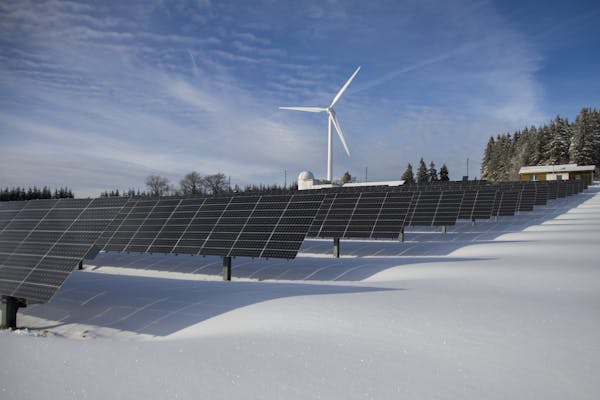
Investing in renewable energy infrastructure, improving energy efficiency in buildings and transportation, and implementing supportive policies and incentives are key steps towards a greener future. By embracing renewable energy, we can create a sustainable energy system that helps mitigate climate change and fosters economic growth.
Sustainable Agriculture
The way we produce and consume food has a significant impact on the environment. Unsustainable farming practices, including excessive pesticide use, deforestation for agriculture, and soil degradation, contribute to environmental degradation. They also have adverse effects on human health, water quality, and biodiversity.
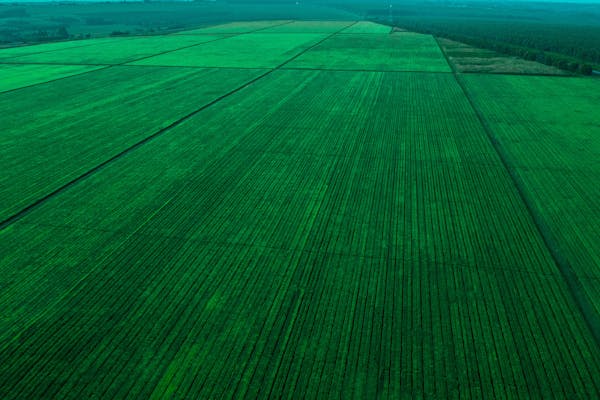
Embracing sustainable agriculture techniques is crucial for ensuring food security while minimizing environmental impacts. Organic farming, crop rotation, agroforestry, and precision agriculture are examples of practices that can help preserve soil health, reduce greenhouse gas emissions, and protect ecosystems. Additionally, promoting local and seasonal food, reducing food waste, and supporting small-scale farmers can contribute to a more sustainable and resilient food system.
Urbanization and Pollution
As the global population continues to grow, urbanization and industrialization are intensifying. Rapid urban development often leads to increased pollution, resource depletion, and the destruction of natural habitats. Cities are responsible for a significant share of greenhouse gas emissions and energy consumption. Therefore, sustainable urban planning and development are crucial for creating livable, environmentally-friendly cities.
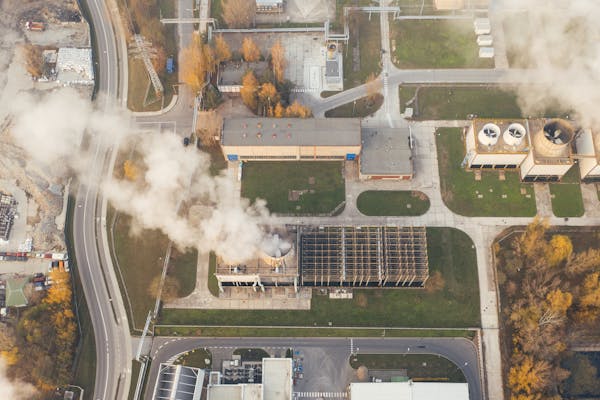
Investing in green infrastructure, such as parks, urban forests, and green roofs, can help mitigate the impacts of urbanization. Promoting public transportation, cycling, and walking can reduce air pollution and traffic congestion. Implementing energy-efficient buildings, waste management systems, and water conservation measures are also vital steps towards creating sustainable urban environments.
Conclusion
These environment facts underscore the urgent need for concerted action to protect our planet and ensure a sustainable future. It is vital for individuals, communities, businesses, and governments to collaborate and adopt environmentally-friendly practices. By embracing renewable energy, reducing waste, conserving resources, and making sustainable choices, we can make a significant positive impact on the environment and create a better world for future generations. Let us all be stewards of the Earth and take responsibility for preserving its beauty and diversity. Together, we can build a more sustainable and resilient future for ourselves and generations to come.



.png)
Post a Comment